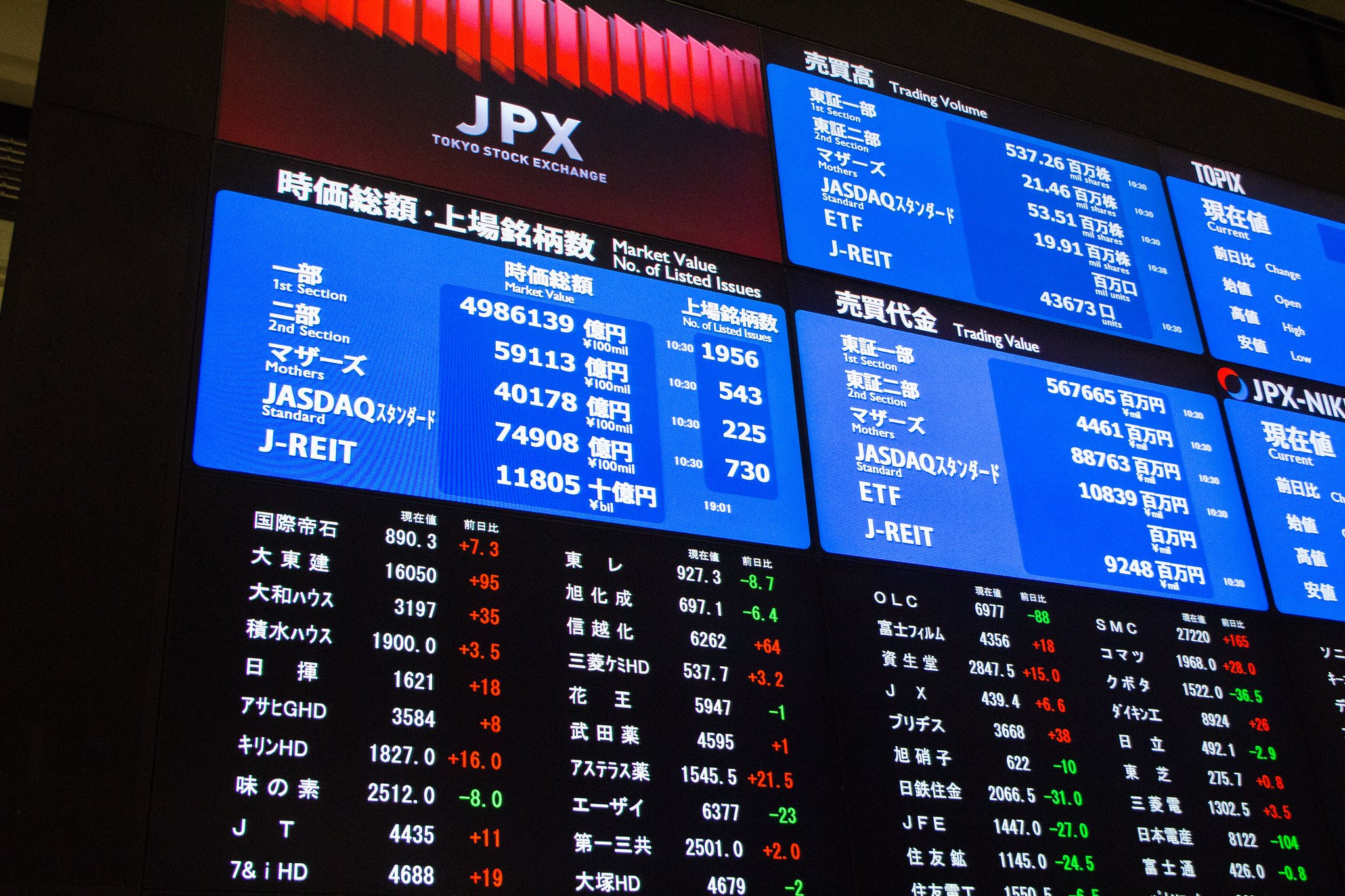Japan has finally launched its long-awaited CO2 emissions trading system (ETS). After an earlier five-month trial, last week the system began full-fledged operations on the Tokyo Stock Exchange.
Initially, carbon trading will be conducted on a voluntary basis. The ETS will run in ‘phase-one’ mode for the next three years for companies that signed up. The government has dubbed the early adopters as the GX League, and entry to this club is open until April 28.
The last two governments ranked carbon trading as a priority for Japan to meet emission reduction targets, and Prime Minister Kishida has brought it to fruition. His clean energy strategy, called the Green Transformation (GX), sees the ETS as the basis for a range of other initiatives in carbon capture, hydrogen, synthetic fuels, and energy efficiency, etc. It’s even seen as a platform to help develop renewables and revive the nuclear sector.
Last week, the House of Representatives approved the GX League bill to push the world’s No. 5 polluter closer to counting its emission costs. But while Kishida promises to use GX to attract ¥150 trillion of investments into decarbonization efforts, how much of a role will the CO2 trading mechanism actually play?

